WRITTEN BY Bek Mitchell-Kidd
PHOTOGRAPHY PROVIDED BY The Biltmore Company
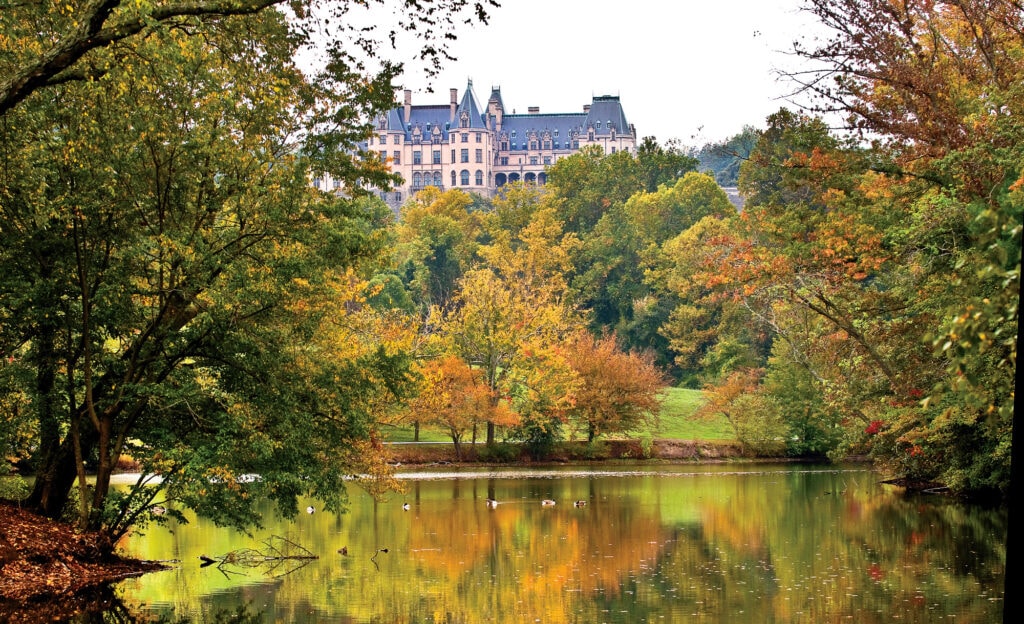
Many people may know George Vanderbilt’s Biltmore Estate by the architecture and title of “America’s Largest Home.” But the surrounding gardens and forest are worthy of their own tour ticket. Be it self-guided, by bike or horse, enjoying the grounds that Frederick Law Olmsted planned starting in 1875 is an enchanting experience.
Known as America’s foremost landscape architect, Olmsted designed other world-renowned projects including New York City’s Central Park and Washington, D.C.’s United States Capitol Grounds. Biltmore was Olmsted’s final project.

More Than Trees
Olmsted suggested to Vanderbilt that a managed forest was a better and more sustainable choice for areas of his land, rather than turning it into parkland, as Vanderbilt originally hoped.
That decision set the wheels in motion for Biltmore becoming the birthplace of American forestry, with a managed forest plan that Biltmore follows to this day. Forests that were once over-timbered are now majestic and mature.
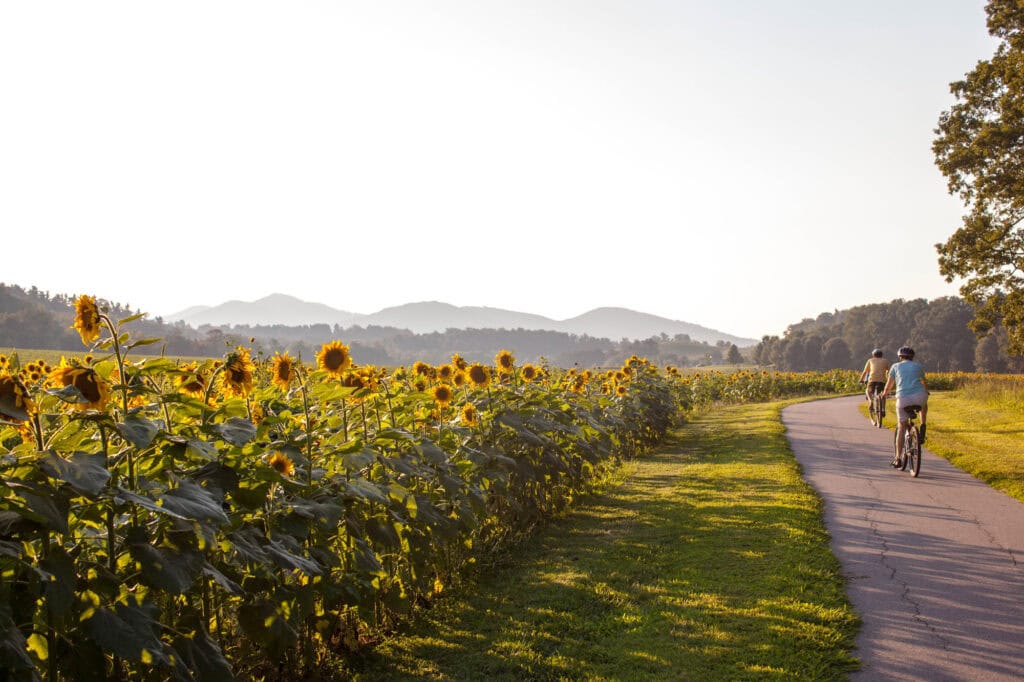
Healing Powers
Digging into Olmsted’s landscape design philosophy, you quickly learn that he recognized that access to nature and the outdoors is an essential ingredient to a person’s well-being.
In a project report for Yosemite—two decades before his Biltmore project— he wrote that “the enjoyment of scenery employs the mind without fatigue and yet exercises it; tranquilizes it and yet enlivens it; and thus, through the influence of the mind over the body gives the effect of refreshing rest and reinvigoration to the whole system.”
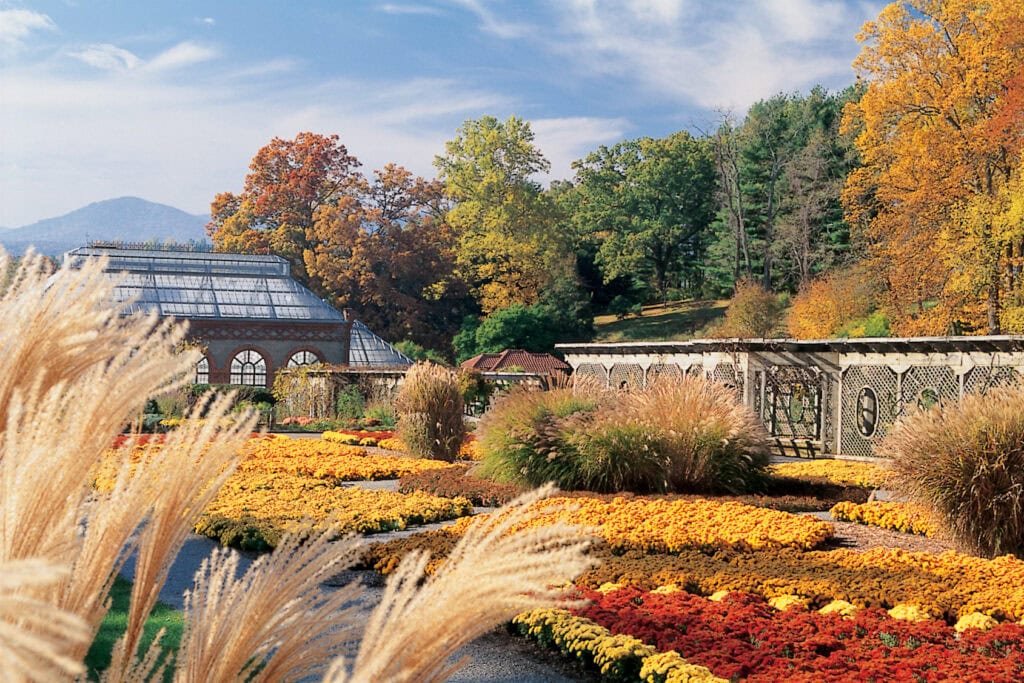
Olmsted’s naturalistic approach for the design of the Biltmore gardens and grounds began with George Vanderbilt’s own journey to Asheville.
“When Asheville became accessible by rail in the late 1800s, the area quickly gained a reputation as a place of respite and relaxation,” says Leslie Klingner, Biltmore’s Curator of Interpretation.
“George Vanderbilt accompanied his mother, Maria Louisa Kissam Vanderbilt, who had been advised by her doctor to visit the area. Both enjoyed the crisp, clear mountain air that George described as ‘mild and invigorating,’ and he began to envision a haven where he and his family and friends could all experience the healthful benefits of Western North Carolina,” Leslie says.
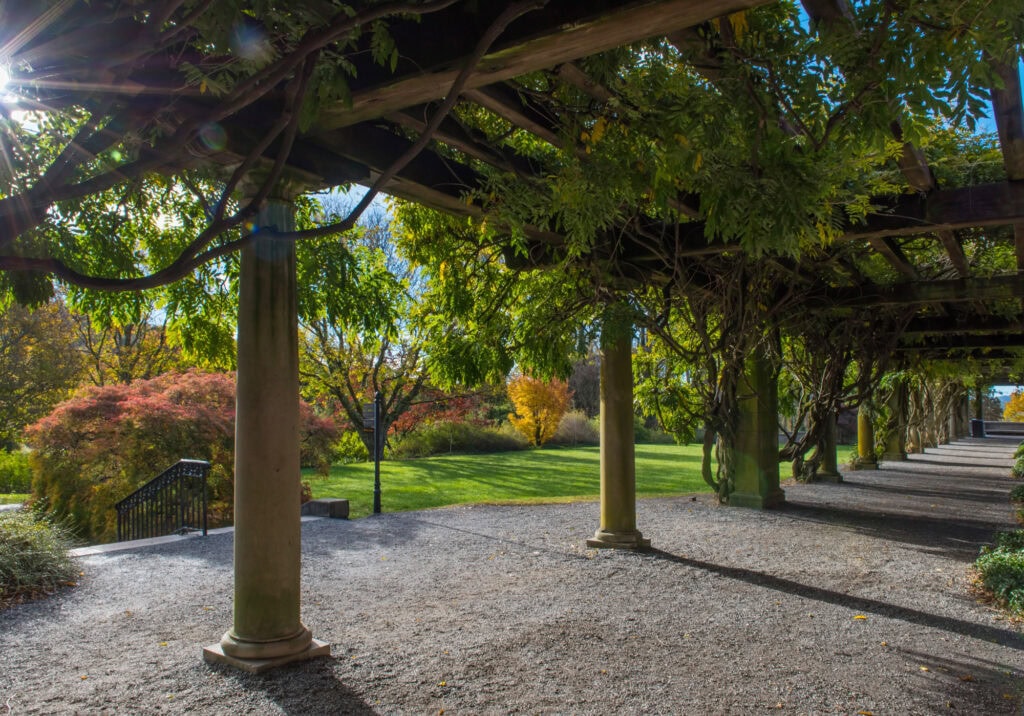
Mindfulness For Generations
Self-care remains at the heart of everything at Biltmore. A range of mindful activities complements the estate’s beautiful surroundings, allowing for immersion into the landscape.
Biltmore offers an array of wellness experiences such as making nature mandalas, mindfulness walks, morning yoga, and guided bird walks.
Visitors can also enjoy ‘Olmsted’s Biltmore: A Collection of Scenic Stops’ throughout the grounds. These stops feature interpretive signage with engaging stories about Olmsted’s life and work, as well as the stunning views he envisioned for Biltmore.
The walking route around the house and gardens also emphasizes Olmsted’s philosophy of nature’s benefits to mankind.
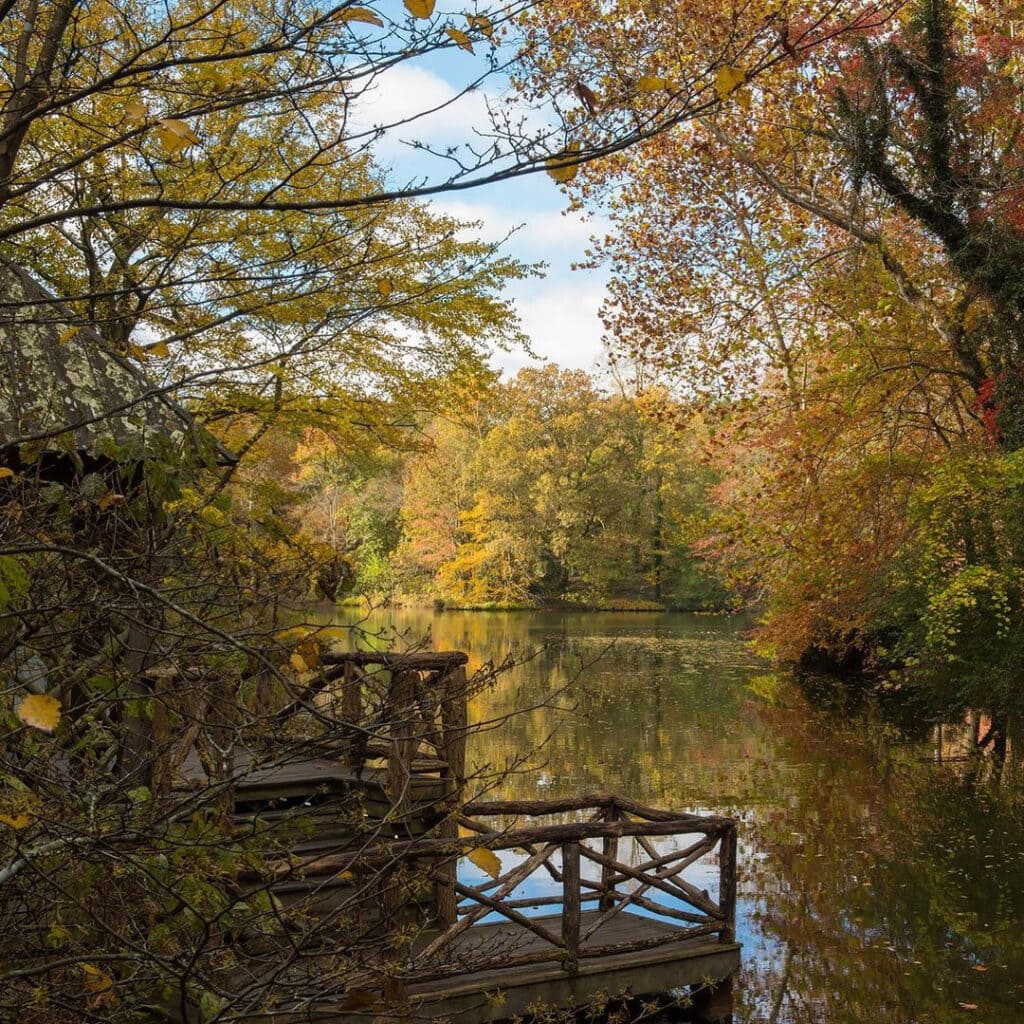
“Because this year was the 200th anniversary of Olmsted’s birth, we thought it was a great time to elevate Olmsted’s profile with our guests. It’s fascinating to learn that the beautiful landscapes that we enjoy today at Biltmore are what he envisioned in his mind as he was creating his designs for the grounds,” explains LeeAnn Donnelly, Senior Public Relations Manager, Biltmore.
Preserving the great outdoors contributes to preserving one’s well-being. Olmsted’s approach that nature, and green, wide-open spaces, are vital to a person’s wellbeing plays right into the fact that more than ever, people are getting outside and developing a newfound appreciation for the outdoors.
About Biltmore House
Biltmore House was designed by architect Richard Morris Hunt and is “America’s Largest Home” spanning 175,000 square feet, which is more than four acres of floor space. The 250-room French Renaissance chateau includes 35 bedrooms, 43 bathrooms, and 65 fireplaces.
The Biltmore experience has grown to include outdoor adventures, dining, shopping, wine tastings, and accommodations.
For tickets and more information visit biltmore.com

Leave a Reply